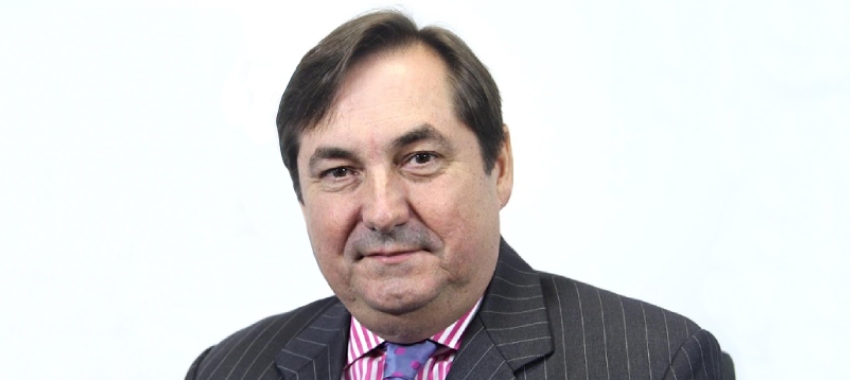
Nick Young outlines how to identify if you have an expanding business, a mature business, or a business in decline.
An ongoing by-product of the pandemic is the acceptance of “out-of-the-box” professional and personal lifestyle choices.
The widely accepted hybrid office/work-from-home model has both encouraged new entrants and put the spotlight on those considering their exit.
Interestingly, we’ve noticed a steady rise in semi-retirement versus outright retirement – particularly among the “first crop” of successful brokers who pioneered the industry from the early 2000s.
We’re also pleased to report that a lot of brokers from the semi-retired vintage are being astute and proactive about their exit strategy and succession planning.
The financial and client outcomes resulting from a well-planned exit can be substantial. Conversely, a poorly planned exit, or worse no planning at all, can see years of accumulated goodwill simply squandered.
General considerations at the exit stage include the outright sale of a trail book, selling the entire business to existing employees/business partners, or maybe an outsider.
The most typical for sole operators is, however, simply allowing the existing trail book income stream to naturally exhaust. The latter is typically believed to be the most financially sound alternative. Though to the contrary, it doesn’t take into account that a trail book depreciates by around 20 per cent p.a. – which in real terms means that unless you’re topping up your client base/revenue by an equal or greater amount per year, your trail book annuity diminishes quickly. Unless the book is being continually topped up, running off at 20 per cent p.a. will imply it halves every three years. This is not a retirement strategy.
It’s important to view your brokerage as a business – not just as a trail book. Think of it as having perhaps two assets: a “hard asset” (trail); and “soft assets” (goodwill). It’s a common mistake to only focus on the hard assets. Accordingly, goodwill is often overlooked as it’s an intangible asset and not easily quantifiable (i.e. intellectual property, market awareness, reputation, and most importantly client relationships). However, goodwill can significantly contribute to the value of the business – particularly where a mortgage broking business is concerned.
Similarly, it’s critical to assess what will be more lucrative: a trail book with no clients (i.e. no goodwill), or a trail book with considerable goodwill (i.e. a real business). We, of course, suggest the latter, but the process of “selling the goodwill” needs to be managed well.
We cannot recommend strongly enough the benefits of a carefully planned exit strategy developed well in advance, whilst the business is still strong and ideally done in collaboration with an accountant. This should also be integrated with an overall retirement plan that supports long-term lifestyle goals.
So, the key question becomes: “When should I start planning my exit?”
One of the quickest ways to determine this is to identify whether you have an expanding business, a mature business, or a business in decline.
In broad terms, an expanding business will have higher upfront income relative to trail income. A mature business will have approximately equal upfront and trail income, and a business in decline will have a higher trail-to-upfront income ratio.
Here are some other common traits of an expanding business, mature business and business in decline to help determine where your brokerage is at in its life cycle:
- Expanding business: Upfront income is greater than trail income
An expanding business is in a high-growth phase, driven by a hungry business owner motivated by the return of hard work. It’s consistently cracking record volumes, expanding its team, bringing on more referral relationships, ramping up marketing and raising its presence in the community. Busy keeps getting busier.
It’s focused on streamlining processes to maximise efficiencies to handle the ever-increasing demand. Everything’s green. Everything’s expanding, everything’s going up, and everything’s growing – including income, trail and goodwill (reputation). Whilst it may sound contradictory, this is the time to start to map out your longer-term goals (including your exit) to ensure you achieve the most lucrative exit.
- Mature business: Upfront income approximately equals trail income
The foot is coming off the pedal in a mature business. The business owner is happy, lifestyle-oriented, and content. Not necessarily thinking of retirement but not as hungry as they once were. They usually lose a bit of energy. They can be a bit slow to return phone calls. They won’t be as proactive as they once were. This may also coincide with loosely contemplating whether to sell or stay (e.g. “I need to do this for another five years then I can retire”).
WARNING: At this stage, a business can slip into decline subtly, yet progressively.
Accordingly, to optimise the brokerage’s value, we strongly encourage brokers to plan their exit strategy while the business is strong and goodwill is still high.
- Business in decline: Upfront income is less than trail income
A business in decline is when everything is less: less time is spent on growth, less money is spent on marketing, and less effort is being made overall. This usually corresponds with an over-reliance on referrals to maintain business.
On this note, a common statement made by a business owner in decline is: “I don’t need to market anymore. I just rely on referrals from existing clients.” Under the guise of a lifestyle trade-off, we often also hear: “I’m winding back to spend more time with the family and travel.”
It’s important to look at the business critically and objectively, recognising that a business in decline will suffer and is not sustainable.
On the upside, goodwill is still high and valuable. As such, we encourage brokers not to put their heads in the sand. Conversely, be proactive about the exit strategy to maximise the remaining assets.
